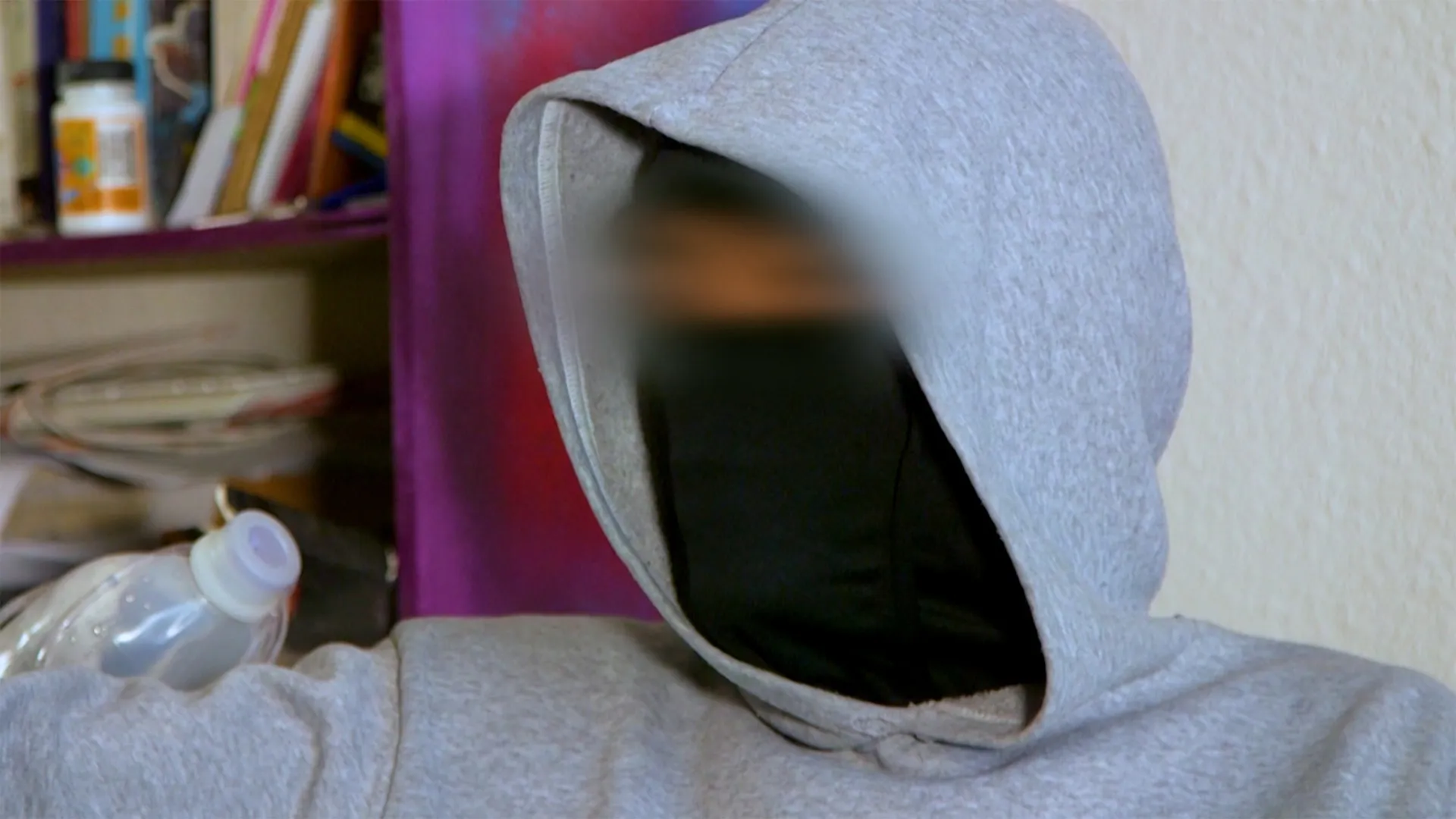Al Jazeera speaks to teenage killers recruited by Mexican drug gangs | Drugs
Drug cartels in Mexico are recruiting children and forcing them to become professional killers. Rights groups warn hundreds of thousands of minors are at risk. Al Jazeera’s John Holman gained rare access to speak to child hitmen committing murder for money.
Published On 24 Nov 2025
